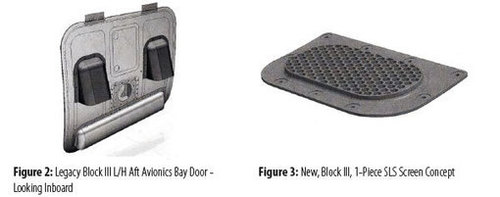May 5 2013
Big Data – The Antithesis of Lean Thinking | Bill Waddell
See on Scoop.it – lean manufacturing

While I concur with Bill on the irrelevance of “Big Data” in manufacturing, I can’t follow him when he says it is a “singularly bad idea” for business in general.
Big Data, per se, is actually not an idea but a phenomenon experienced in companies like Google, Amazon, eBay, Netflix, and others that process clicks, queries and transactions from millions of users, and generatie Terabytes of data every day. This is what Big Data is. Making sense of it is vital to these companies, and its volume requires special technology.
Even in a large manufacturing company, specs, orders, production status and history, quality problem reports, etc., add up to Gibabytes of data in total, not Terabytes every day. While it is beyond what you can handle on an Excel spreadsheet, it does not qualify as Big Data and does not require the special technology that ecommerce companies have developed.
I also agree that the hot dog example from the HBR blog is simplistic. To give a less trivial example, assume you are in the business of providing streaming videos, and you discover from your customer data that those who view “Tora, Tora, Tora” also tend to view “The Bridges of Madison County.” That is unexpected and you wonder why. Then you find out that the customers who view both are married couples, form which you infer that the wife demands a chick flick for every aircraft-carrier movie…
This is a made-up example, but Ed Frazelle, in Supply Chain Strategy, quotes a real one about on-line ordering patterns for clothing. What kind of garments do customers tend to order together? I have asked that question around, and never met anyone who came up with the right answer, although, once you know it, it makes perfect sense: they order the same garment, in the same size, in different colors. And it is good to know if you are in charge of order picking.
See on www.idatix.com

May 6 2013
Top 10 Reason Why Lean Transformation Fails | Tim McMahon
See on Scoop.it – lean manufacturing

“In my experience these are ten reasons why Lean implementation fails:
Would my top 10 list be exactly the same? Probably not, but there would be extensive overlap.
See on www.aleanjourney.com
Share this:
Like this:
By Michel Baudin • Blog clippings 0 • Tags: Lean implementation, Lean manufacturing